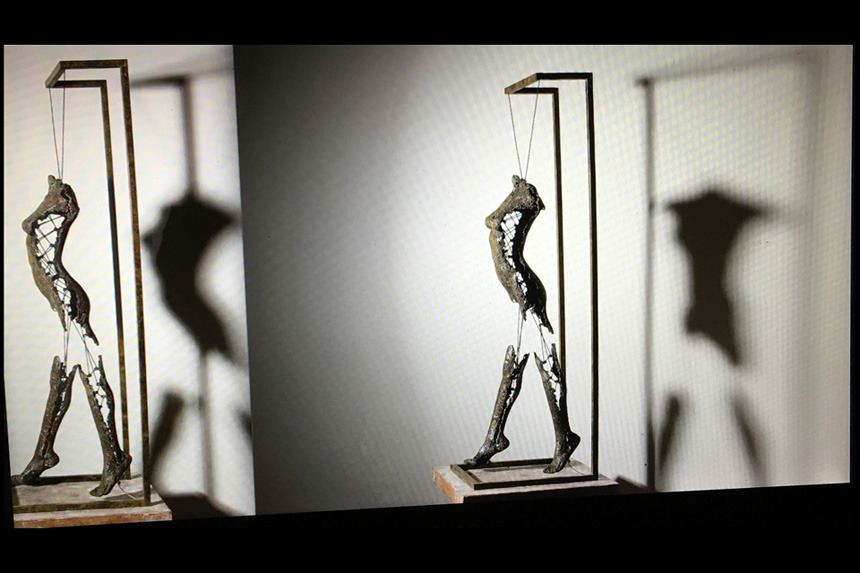“How can I be substantial if I do not cast a shadow? I must have a dark side also If I am to be whole”
― C.G. Jung
What does that really mean?
Does it mean having finally learned to protect oneself, rather than desperately pleasing others or coming apart at the seams when someone criticises our work harshly?
If this is true then Sartre was right in saying that “Life begins on the other side of despair.”
For some, the process of learning how to live may come at a smaller price than for others, still, the gentler soul of an artist will suffer greatly through this metamorphosis.
The hypersensitivity that triggers creation, along with the inexplicable and undeniable need for expression make the artist, while society breaks them.
Silence in itself is a choice of artistic expression.
John Cage’s 4’33” (Four minutes, 33 seconds during which the musician does not play a single note) is a perfect example.
Here silence and sound have one thing in common, time.
“According to Cage, duration is the essential building block of all of music.” [1]
In the same way that negative and positive space is used in sculpture, Cage’s silence is absolutely necessary for the completeness of the musical composition. “…Cage managed to emancipate the silence and the noise to make it an acceptable or perhaps even integral part of his music composition.” [2]
Obviously, such outrageous concepts are not easily accepted by the public at large. Interestingly enough, the audience’s reaction can end up defining a composition.
“In the case of Stravinsky’s Rite of Spring, this would consist of widespread dissatisfaction leading up to violent riots.
In Cage’s 4′33″, the audience felt cheated by having to listen to no composed sounds from the performer.”[3]
In the case of 4’33” the audience actually provides much of the musical material since they create the ambient noise that occurs during the performance.
Brancusi’s approach to mass and space and how that can be used to play in the fields, that are lost somewhere between the representational and abstraction, has been the catalyst to transformation in sculpture.
“Brancusi was the first artist to approach sculpture as a work integral to its environment. “I don’t care what they reflect,” the artist once mused of his artworks, “as long as it is life itself.” [4]
Does our life cast a shadow?
Are we whole if we embrace our dark side and hear the silence and see the invisible? Is life is a dichotomy?
Can you count the steps to heaven?
Written by Boky Hackel
1.https://en.wikipedia.org/wiki/4%E2%80%B233%E2%80%B3
2.ibid
3.ibid
4.http://www.nortonsimon.org/assets/Uploads/Beyond-Brancusi-Press-Release.pdf
